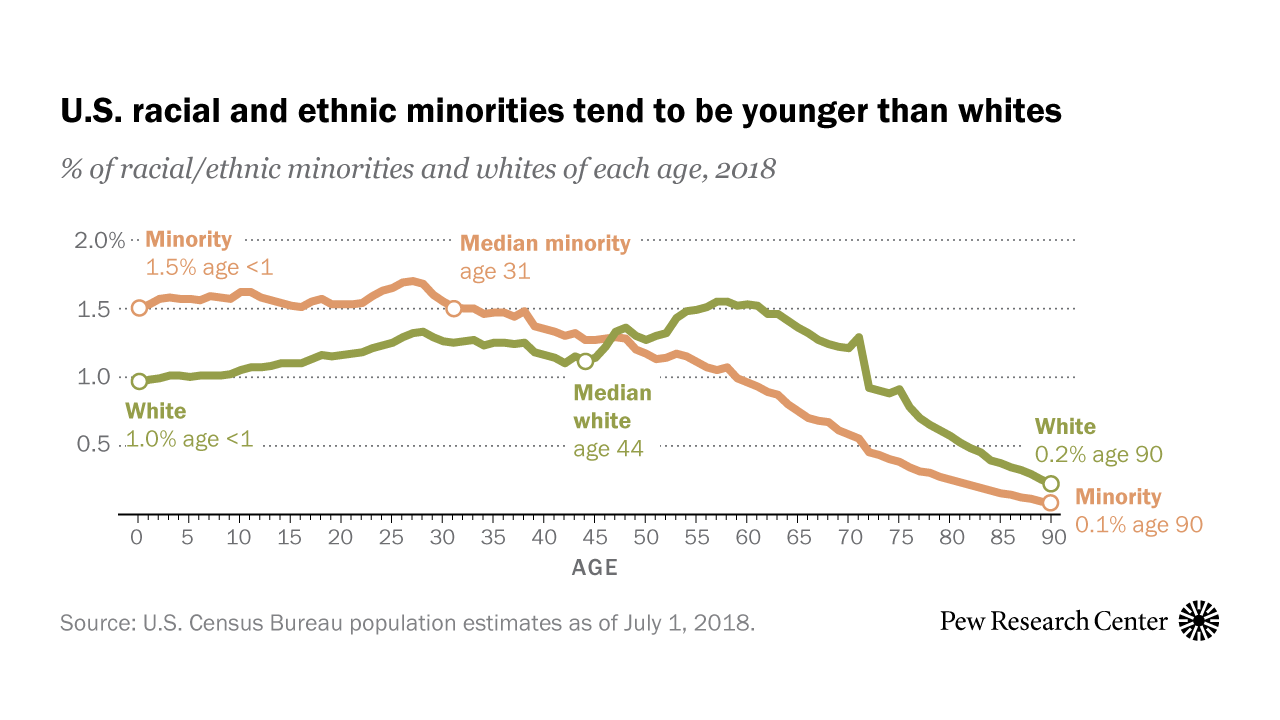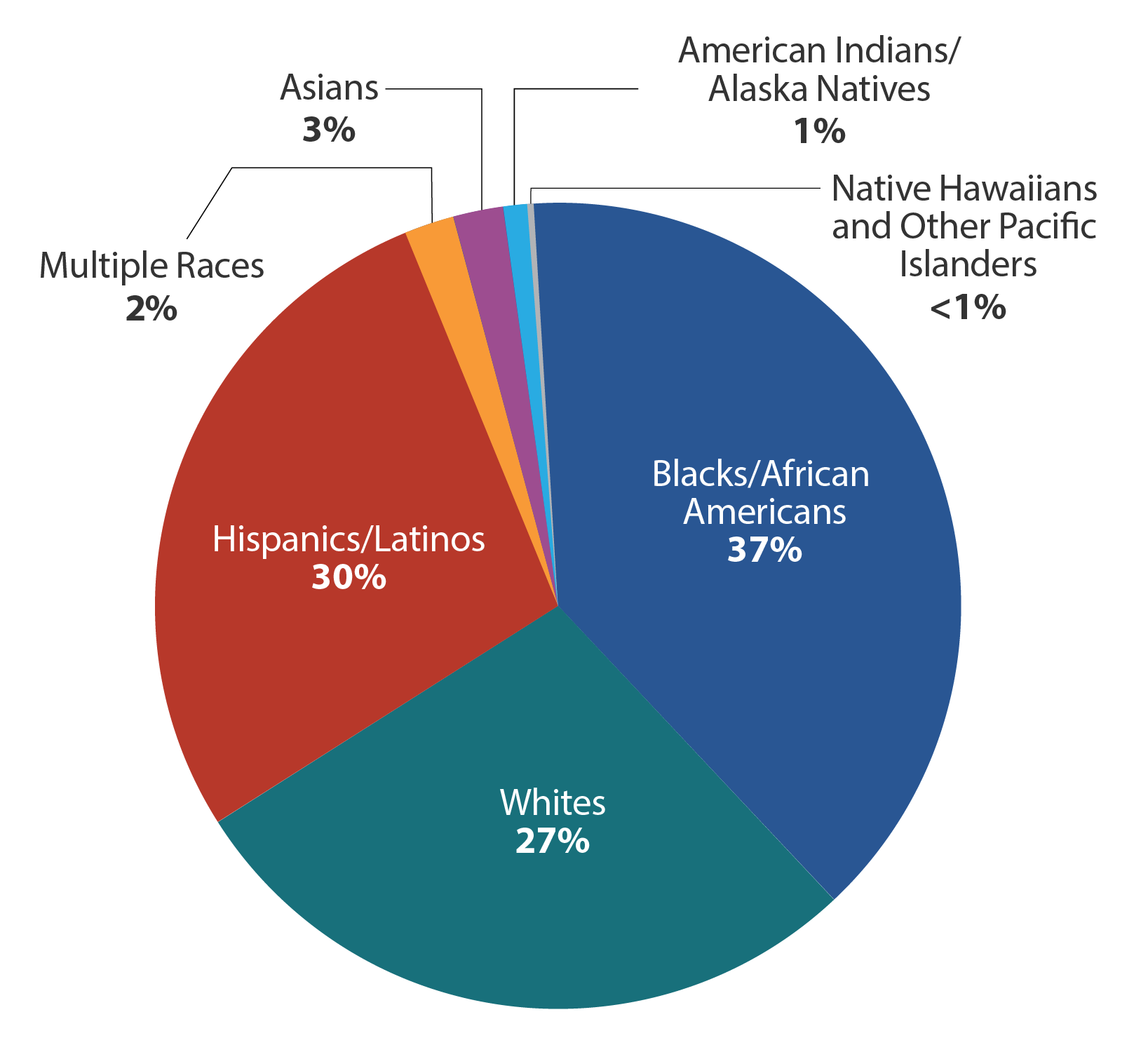

This implies that it is these underlying risk factors, and their underlying causes, that require policy attention if racial and ethnic disparities in welfare receipt are to be reduced. We find that the majority of most differences in welfare receipt can be explained by measurable risk factors, including differences across race and ethnic groups in earnings and other forms of nonwelfare income, in family structure, in education, and in other variables representing disadvantaged status more generally. Second, we explore the alternative sources for this difference by quantifying the relative importance of measurable risk factors, which differ across race and ethnic groups, on the one hand, and immeasurable differences, which include differences in cultural and social norms, on the other. We find that substantial racial and ethnic differences in welfare participation exist, regardless of how they are measured, but we also find that these differences have not changed much over this period. First, we examine what those differences are today and how they have changed over the last decade. This study documents and explores racial and ethnic differences in welfare-participation rates in the United States in two ways. This stigma can be either transmitted across families in a given neighborhood or city or transmitted across generations, as children of welfare recipients themselves learn to find welfare receipt more acceptable. The other is that there are inherent differences in the propensity to take up welfare by different ethnic and racial groups, usually thought to arise from different cultural and social norms for the acceptability of being on welfare and differentĭegrees of stigma associated with welfare receipt. One is that the differences arise from differences in the underlying risk factors associated with welfare receipt-rates of single motherhood, poverty, low earnings capability and job skills, high rates of unemployment, low levels of education, and similar variables. The research in this area has noted that there are two conflicting general views. Thus, the popular perception has some basis in fact, if interpreted to mean that minorities have higher propensities to make use of the welfare system.Ī natural question to which this observation gives rise concerns the source of the ethnic and racial differences in welfare receipt rates. Ethnic minorities do, however, have higher rates of participation in the welfare system than does the majority White population, given their lesser total numbers. Many analysts have noted that the general popular perception that minority racial and ethnic groups dominate the welfare rolls has been historically incorrect, for minorities have historically accounted for no more of the welfare caseload than White families. Attitudes toward welfare spending are correlated with racial attitudes (Bobo and Smith, 1994:389), and opposition to welfare among White voters has been shown to be related to attitudes toward race (Gilens, 1995, 1996). This association has played a major role in attitudes toward the welfare system and in the politics of welfare reform.

The general public in the United States has long linked welfare and race. Ethnic and Racial Differences in Welfare Receipt in the United States


 0 kommentar(er)
0 kommentar(er)
